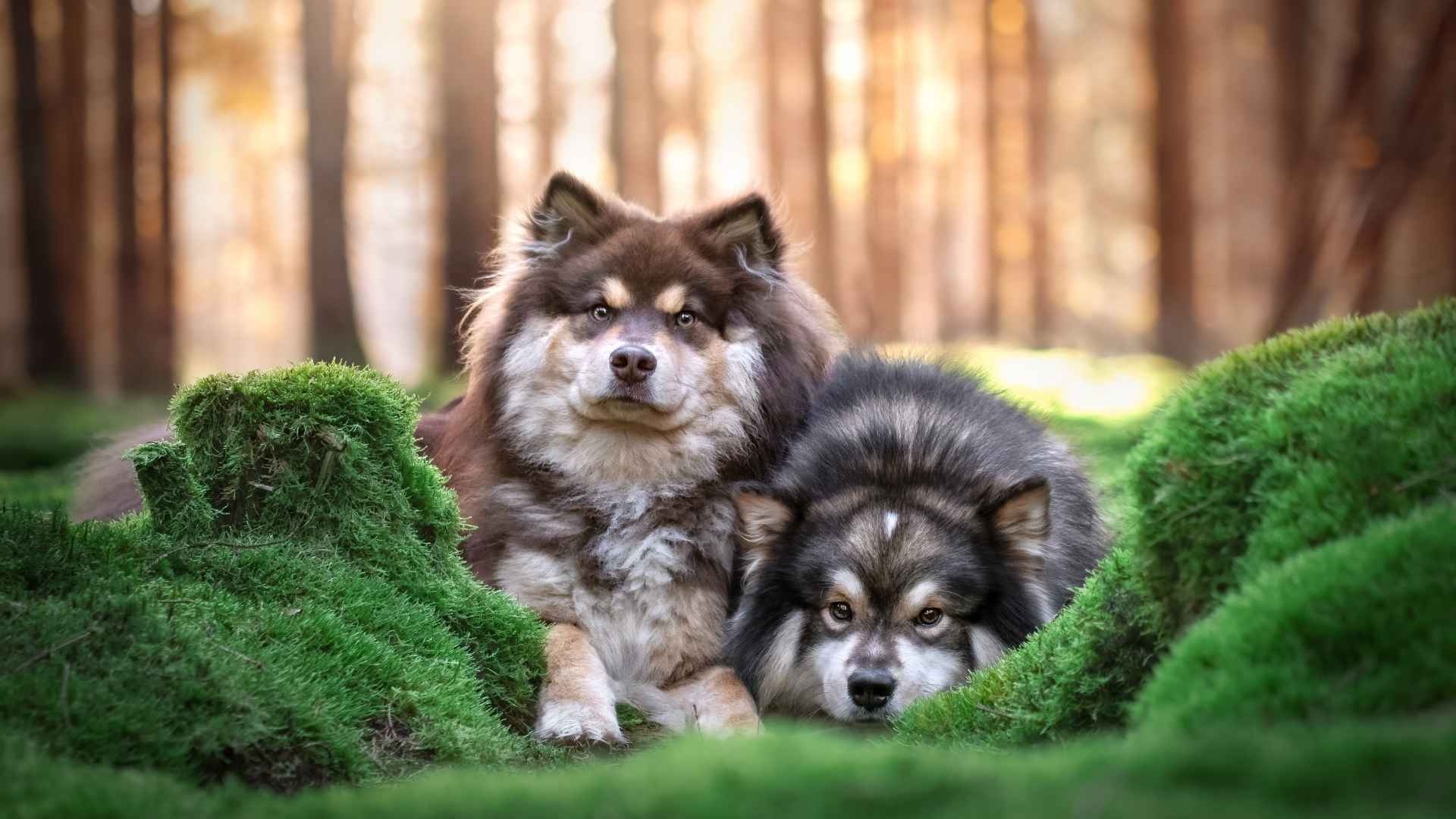Scandinavia is home to some of the world’s most unique and resilient dog breeds, built for cold climates, rugged terrain, and active lifestyles. They’re still popular today, not just because of their working roots but also for their loyalty, intelligence, and ability to adapt to modern life.
Here’s a closer look at the dogs that continue to steal hearts across Norway, Sweden, Finland, Denmark, and beyond.
Dog Breeds Popular In Scandinavia
1. Finnish Lapphund
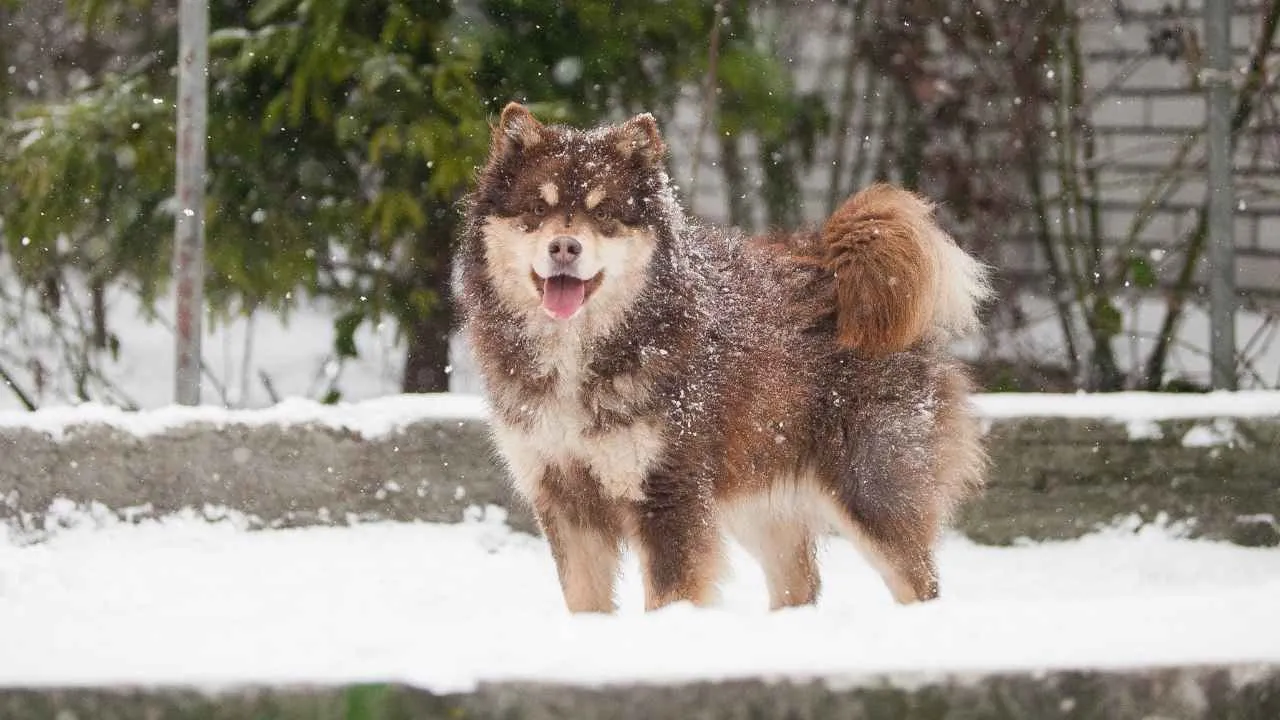
Originally bred by the Sámi people of Lapland to herd reindeer, the Finnish Lapphund is one of the oldest Arctic breeds, prized for its intelligence, quick reflexes, and strong work ethic.
This medium-sized dog has a thick, weather-resistant double coat that helps it thrive in the harsh winters of Scandinavia. Unlike many working breeds, the Lapphund has a notably calm demeanor when not in motion, making it a great fit for both rural and suburban households.
Grooming the Finnish Lapphund requires moderate effort: its double coat sheds heavily twice a year and needs brushing a few times weekly, as noted by PetMD. While it enjoys daily walks and the occasional sprint, the breed doesn’t require intense physical activity.
More than anything, it needs mental stimulation and companionship. Cold temperatures suit them perfectly, but they can adapt to milder climates if kept cool in summer and properly exercised in the early morning or evening.
2. Finnish Spitz
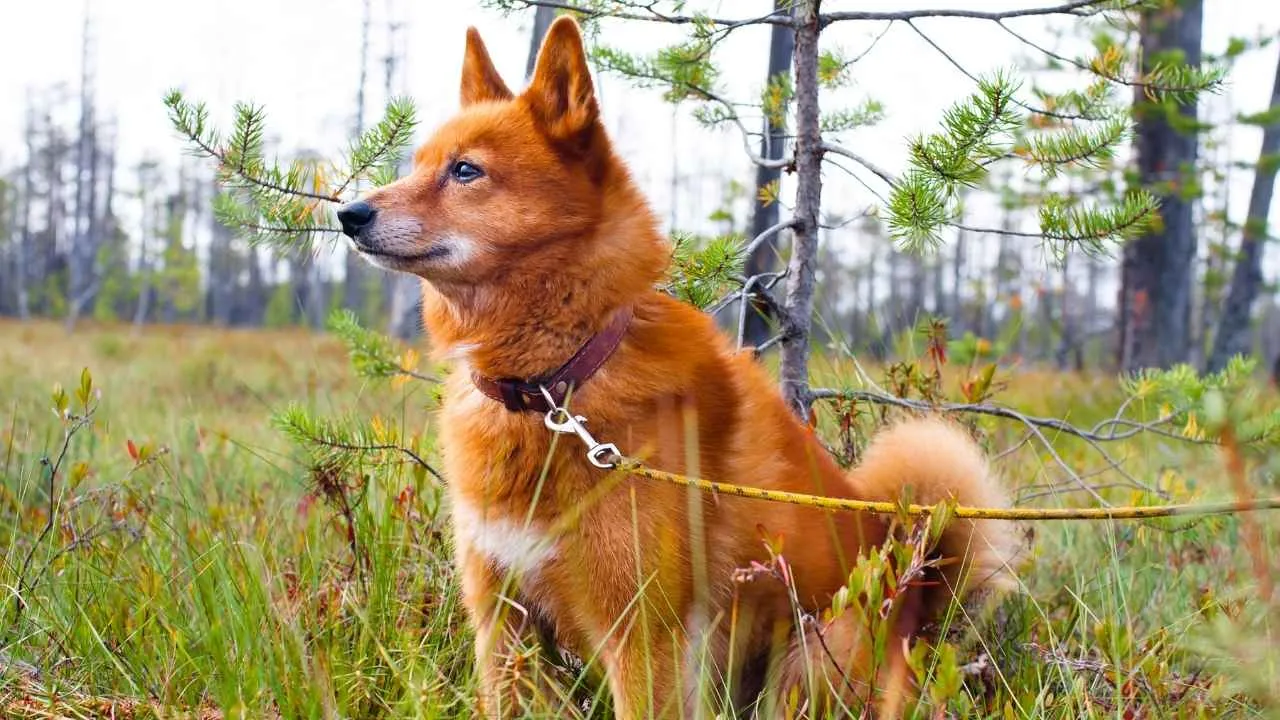
Known as the national dog of Finland, the Finnish Spitz has a foxlike appearance, with a golden-red coat and a plume tail that curls over its back. Bred initially to hunt small game and birds by barking to alert hunters, this breed is extremely vocal and expressive.
In fact, as per the AKC, it’s often referred to as the “Barking Bird Dog” due to its tendency to communicate constantly, so that’s something potential owners should be prepared for.
Temperament-wise, Finnish Spitz are lively, independent, and affectionate. They bond closely with their family but maintain a certain aloofness with strangers. They’re particularly patient with children, making them ideal family companions.
This breed’s straight, medium-length coat is surprisingly low-maintenance, requiring brushing once or twice a week to stay in good shape. They’re naturally clean and tend to stay odor-free. As for exercise, the Finnish Spitz thrives on daily walks and interactive playtime, and they especially love open spaces where they can run and explore safely.
3. Icelandic Sheepdog
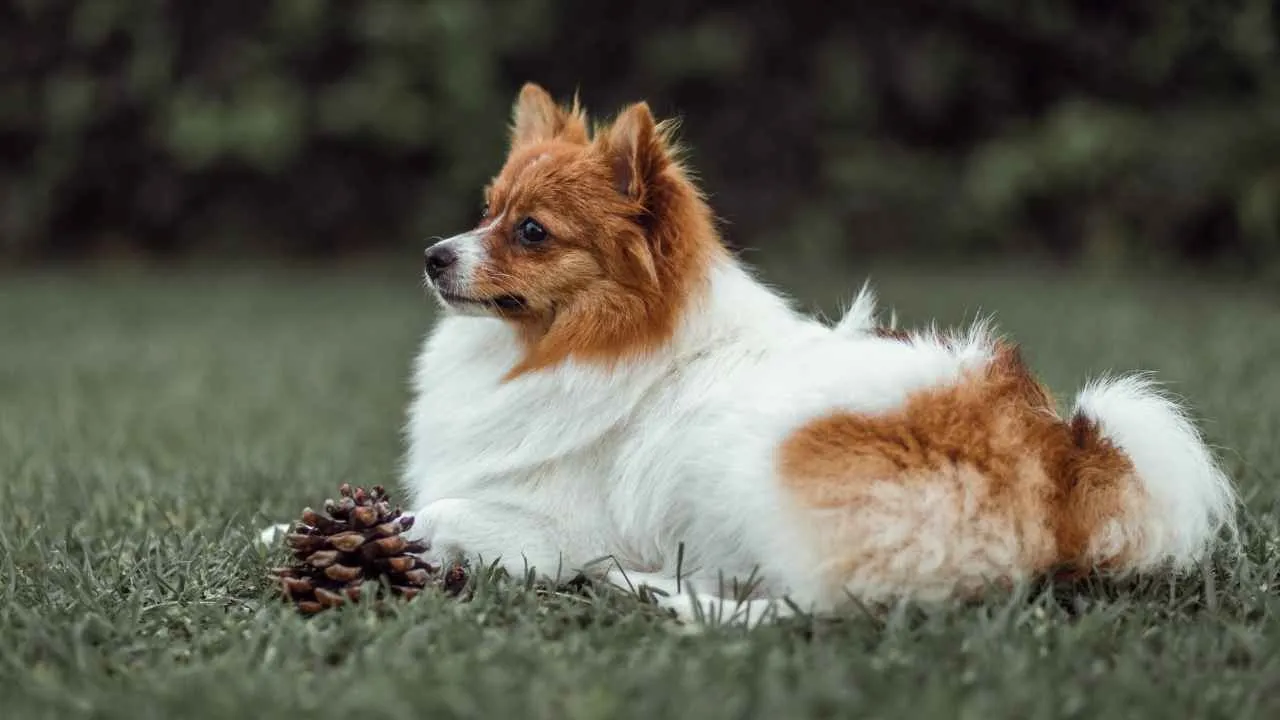
As Iceland’s only native dog breed, the Icelandic Sheepdog is a symbol of the country’s Viking heritage. Brought over by early settlers, this spitz-type dog was indispensable for herding livestock across rugged, volcanic landscapes.
Today, they still carry that herding instinct and an almost boundless enthusiasm for work, making them excellent companions for active owners.
These dogs are incredibly friendly and upbeat. Unlike many Nordic breeds, Icelandic Sheepdogs are very people-oriented and tend to get along with just about everyone, including other pets. They’re quick learners and respond well to training, particularly when it involves movement and play.
They need regular physical activity: ideally, a mix of walks, play, and off-leash time in secure areas. Unlike some Scandinavian breeds bred for solitude or hunting, this one doesn’t do well when left alone for long periods.
4. Karelian Bear Dog
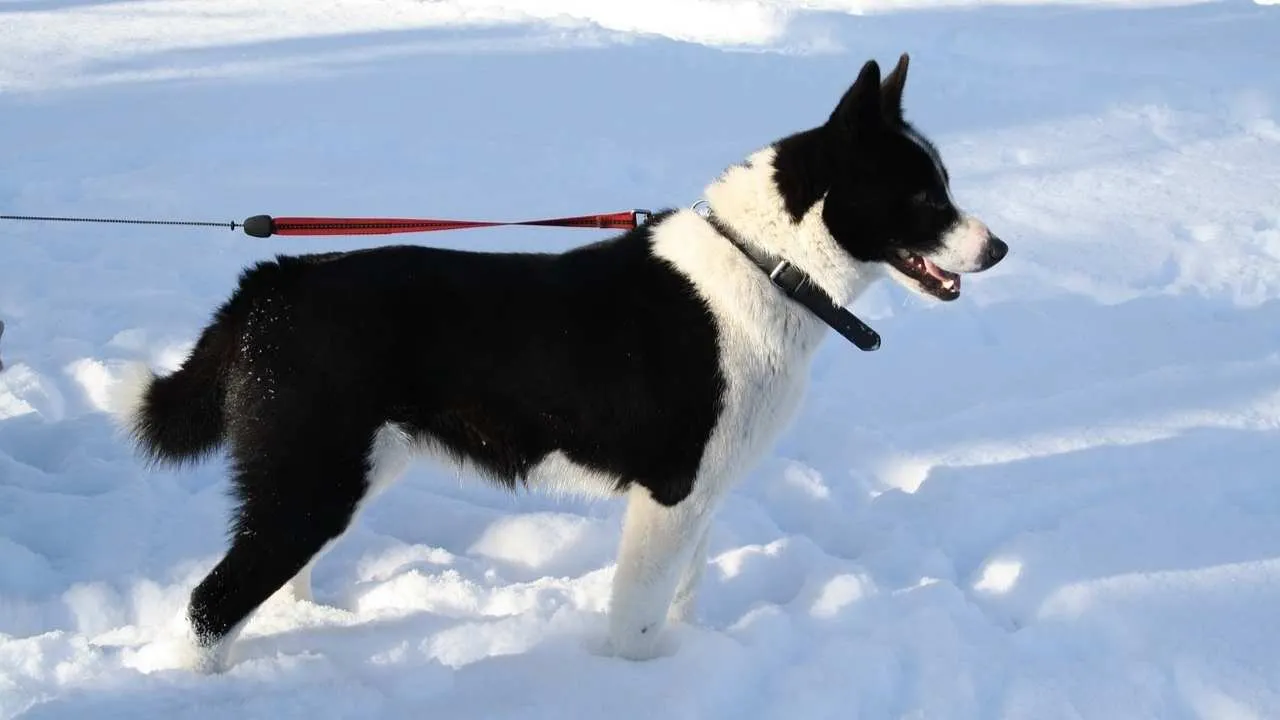
The Karelian Bear Dog is not for the faint-hearted. Originally bred in the Karelia region between Finland and Russia, this fearless breed was developed to hunt big game, including moose and bears.
With a powerful, compact build and striking black-and-white coat, it’s a working dog in every sense of the word. Even today, it’s used in bear management programs in Finland and North America due to its brave and assertive nature.
This breed is highly territorial, alert, and intense. It forms a strong bond with its owner but tends to be aloof or even confrontational with other dogs, especially of the same sex. Early socialization and firm, respectful training are crucial.
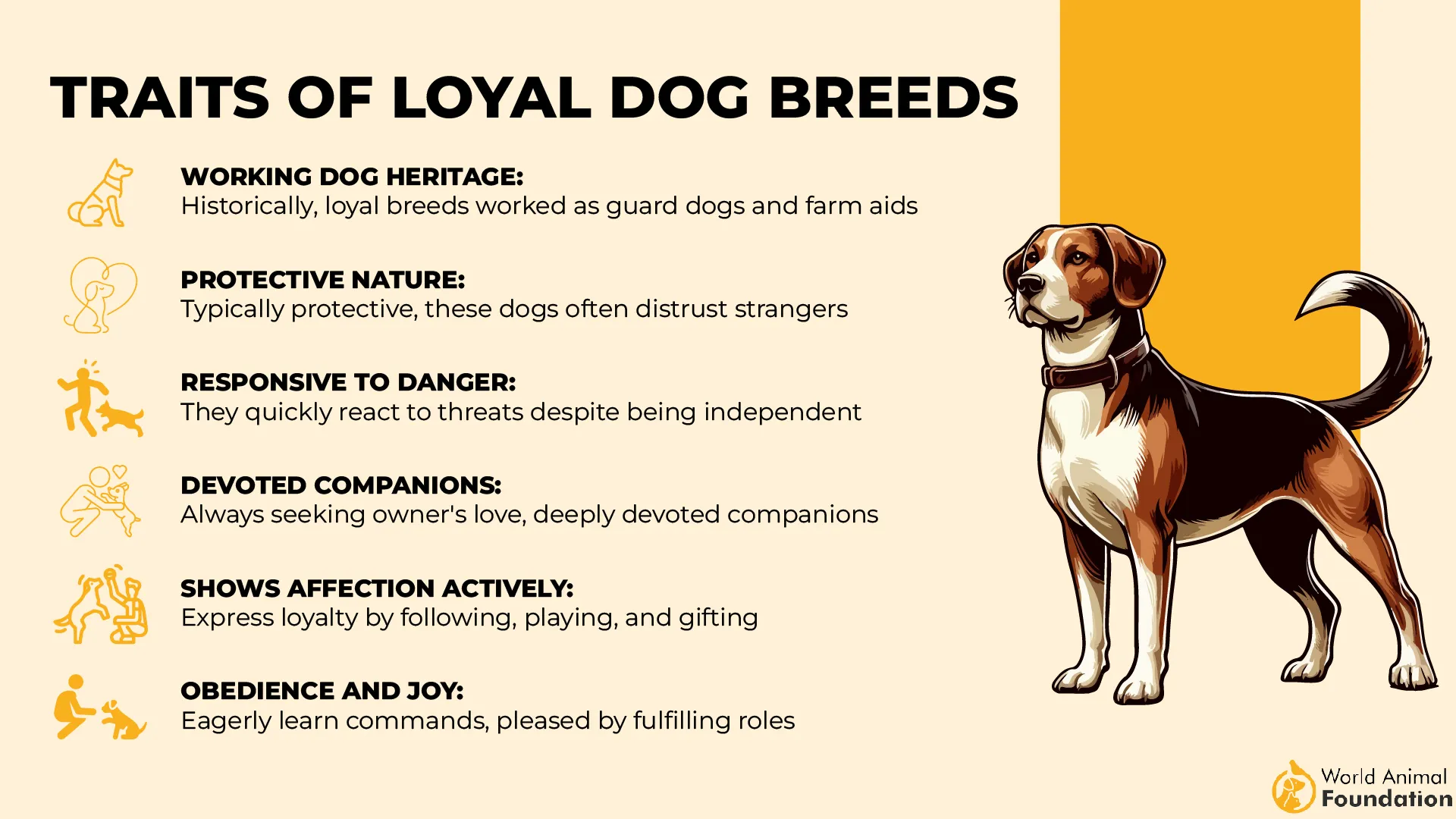
It’s naturally suited for colder temperatures and would suffer in heat, so it’s best kept in northern climates or with adequate cooling in summer.
5. Norwegian Elkhound
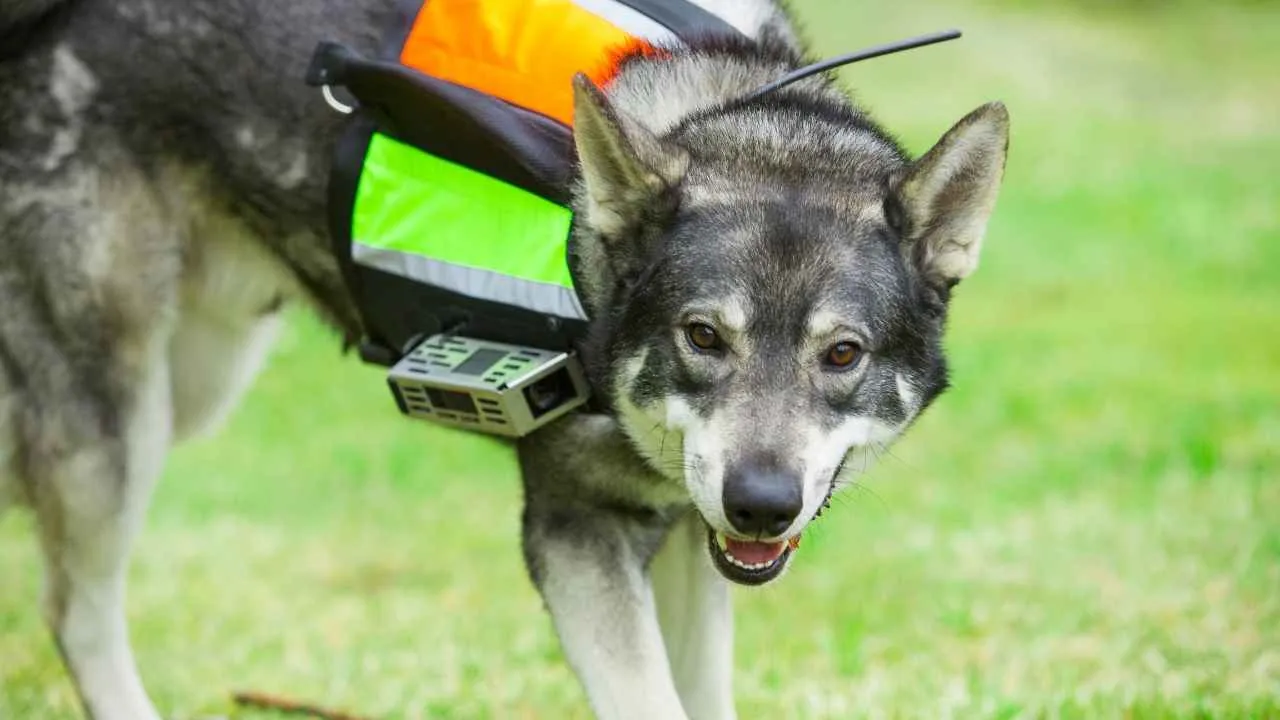
This ancient breed has been a companion to Norwegians since the time of the Viking settlers. It was traditionally bred to track and hold moose and even bears in the snow-covered forests. That explains its fearlessness and why it remains so popular across Norway: it’s incredibly tough, reliable, and thrives in cold, rugged terrain.
They’re also known for being vocal, so that’s something to keep in mind if you live in an apartment. But families in rural or suburban areas love them for their devotion and protectiveness.
They’re independent thinkers, which means they’ll listen when it suits them unless you’ve established a strong bond and proper training routine.
They have that dense, wolfish double coat that practically shrugs off snow and rain; perfect for Scandinavian weather. Grooming is pretty straightforward most of the year, but during shedding season, you’ll be brushing a lot. As for exercise, they need regular walks and plenty of off-leash time to explore.
6. Norwegian Lundehund
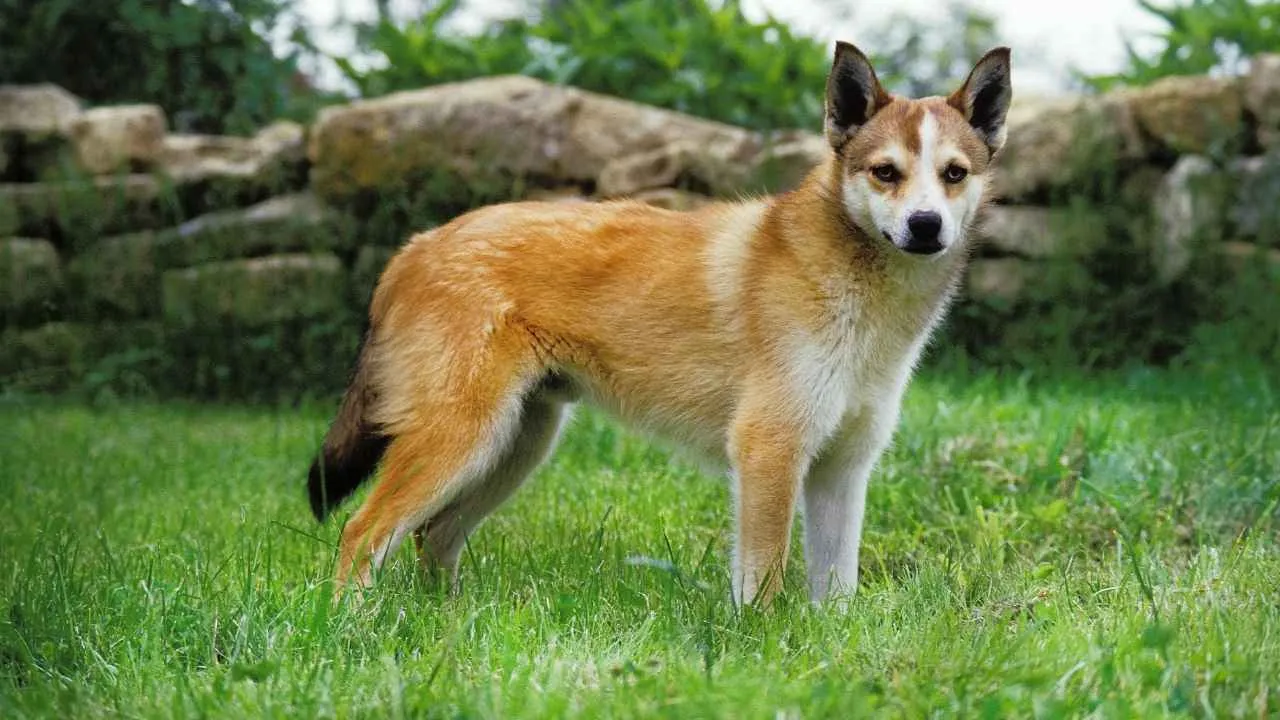
The Norwegian Lundehund was bred to do a very specific job: climb sheer cliffs on the Lofoten Islands to hunt puffins. That job doesn’t really exist anymore, but what makes this dog popular today is its uniqueness. It has six toes per foot, extra-flexible joints, and the ability to bend its head backward and fold its ears shut—traits that still fascinate dog lovers across Scandinavia.
These little guys are alert, agile, and ridiculously curious. They like things their own way and need a lot of socialization early on to keep them from becoming shy or stubborn. They’re not your average “easy-to-train” dog, but with patience, they can develop into well-behaved dogs.
They’re great in cold climates (no surprise there), but they can be sensitive to stress or diet changes due to a unique digestive trait (Lundehund Syndrome), so owners tend to be well-read and proactive about their care.
7. Norwegian Buhund
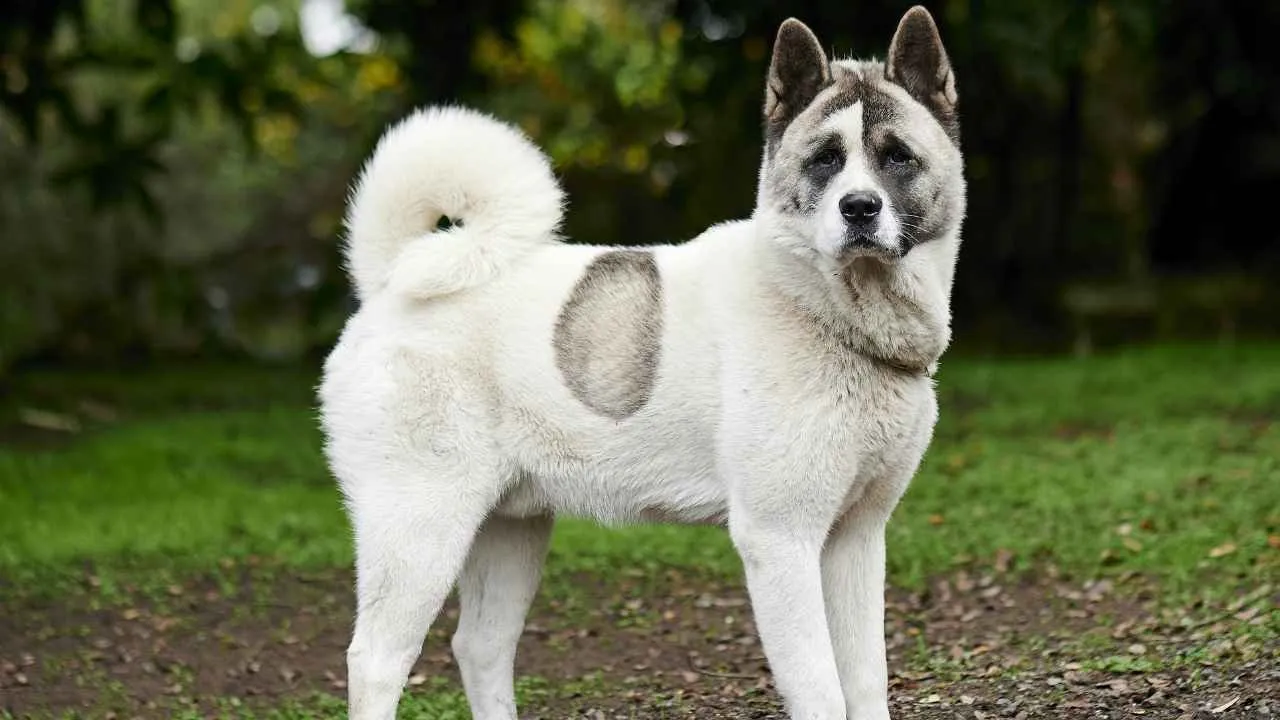
Buhunds are upbeat, high-energy, and absolutely friendly. They’re the kind of dog that actually wants to learn tricks and follow commands. In places like rural Norway or small towns, families love them for how well they do with kids and how naturally alert they are without being too reactive. They’ll bark at a visitor but settle quickly once they know everything’s fine.
Their thick double coat is waterproof, designed to handle snow and rain, and it’s relatively low maintenance. Just brush a couple of times a week and expect some seasonal shedding.
Since they’re used to working outdoors, they’re naturally cold-tolerant and love a good romp in the snow. But even in more urban Scandinavian homes, their adaptability keeps them popular, especially among people who want a loyal, intelligent dog that’s always game for a hike or a training session.
8. Swedish Vallhund

This Swedish dog dates back over 1,000 years and was used on farms to herd cattle, chase off intruders, and keep things running smoothly. You can still find them today across Sweden and neighboring countries & people love them for their mix of tenacity and charm.
Vallhunds are spunky, clever, and incredibly loyal. They love to be in the middle of family life and get bored fast if left alone too much. In Sweden, they’re popular with active families or people who enjoy outdoor hobbies, as these dogs love hiking, agility, or even just a long walk followed by a training game or obedience trial at home. They’re also super alert and make great watchdogs without being aggressive.
Their short, dense coat is easy to manage and sheds seasonally, perfect for Scandinavian climates that range from snowy winters to cool summers. Vallhunds handle cold weather like pros and don’t mind a bit of rain either.
9. Greenland Dog
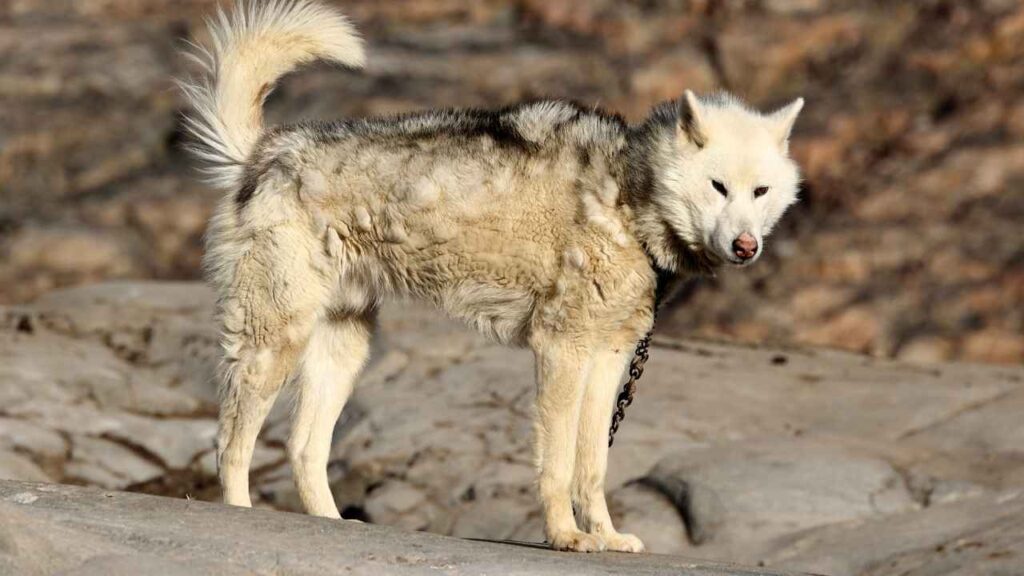
This ancient breed has been around for over 1,000 years, brought to Greenland by the Inuit. They’ve been used primarily as sled dogs, and that’s still what they’re best at.
Tough, muscular, and absolutely built for harsh climates, these dogs are a big deal in Greenland and northern Scandinavia, especially in remote or snowy regions where modern vehicles can’t always go. What makes them stand out is their raw endurance: they can pull heavy sleds over long distances in freezing temperatures without breaking a sweat.
They’re loyal but not overly affectionate in a clingy way. If raised with clear boundaries and respect, they’ll thrive in a working or active household. They’re also incredibly pack-oriented and tend to do best in groups rather than solo.
10. Old Danish Pointing Dog
If you picture a calm, thoughtful hunting dog that doubles as a steady family dog, the Old Danish Pointing Dog (or Gammel Dansk Hønsehund, as it’s called locally) might just be your dream dog.
This breed originated in Denmark, dating back to the 1700s, where it was specifically used for hunting birds. What made it so popular (and still keeps it relevant) is its unique working style: instead of being hyperactive like many pointers, it’s slow, methodical, and incredibly focused.
It’s steady, patient, and highly trainable without being overly excitable. Danish families love it because it’s both a dependable hunter and a sweet, calm presence at home. The breed tends to form deep bonds with its humans and is known for being great with kids.
It’s also less demanding than many sporting breeds, making it a solid choice for people who want a balance of activity and relaxation. In Denmark, especially among hunters and countryside dwellers, it remains a top pick.
Conclusion
Each breed listed in this article remains popular for good reason: they’re built for the Scandinavian way of life. These dogs are adaptable, weather-tough, and thrive in active households that appreciate both function and companionship.
Most are great with families, especially breeds like the Buhund, Lapphund, and Icelandic Sheepdog, which are naturally friendly and good with kids. Others, like the Karelian Bear Dog or Greenland Dog, are better suited to experienced owners with space and structure.
Cold-hardy coats make them ideal for the climate of Nordic countries, though they do need regular grooming and plenty of exercise. At the end of the day, the best breed depends on your lifestyle, but each of these dogs brings a blend of loyalty, intelligence, and ancient history that continues to resonate across Scandinavia.


